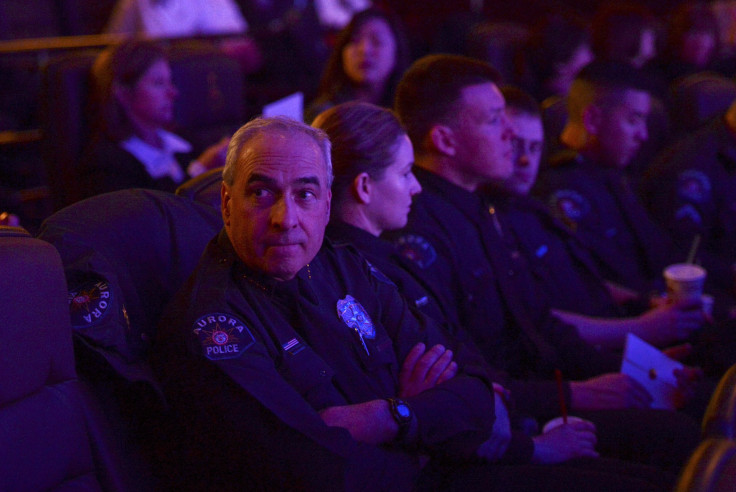DNA Evidence In More Than 450 Cases Registered With The Aurora Police Department In Colorado Destroyed By Error

The Aurora Police Department, or APD, which almost a year ago handled one of the worst mass shooting cases seen in the U.S., said on Thursday that it is reviewing the findings of an internal audit, which found DNA evidence related to more than 450 cases registered with the department, were incorrectly destroyed.
“The APD’s preliminary audit has identified a total of 456 cases (alleged felonies and misdemeanors) in which actual or potential DNA evidence was destroyed since the enactment of the 2009 law,” the department said in a release, on Thursday.
Earlier on Tuesday, Daniel Oates, the chief of police, confirmed that DNA evidence in 48 cases of sexual assault registered in 2009 was indeed mistakenly destroyed in January by the department.
The APD has launched a comprehensive audit in anticipation of the first meeting of the DNA Review Panel and the probe is “attempting to identify all evidence destroyed by the APD Property and Evidence Section since the March 18, 2009,” the release said.
The evidence destroyed are related to 362 cases reported in Arapahoe County, 93 cases involving investigations in Adams County, and one case involving an investigation in Douglas County.
However, the department observed that some instances where DNA evidence had been destroyed could include case files that were meant to be destroyed, because it was found that no crime had been committed or the case was closed due to lack of sufficient evidence, or because of the death of a suspect.
The department earlier said that in the 48 cases relating to 2009, potential or actual DNA evidence was destroyed in error, and in some cases, happened in apparent violation of the law. The lapse was exposed after an APD detective found that DNA evidence related to an active case was destroyed, and the department initiated a probe.
According to the official statement, out of the 48 cases from 2009, evidence in 18 was destroyed after the investigating officer recommended their destruction. However, his recommendation was not followed by a second review as required by law, and in the remainder of the cases, an injured officer assigned to light duty in the Property and Evidence Unit apparently destroyed all the evidence in error.
The department said it is working closely with the “two District Attorneys’ offices to determine in which cases the destruction of evidence was in violation of the statute and in error.”
© Copyright IBTimes 2025. All rights reserved.






















